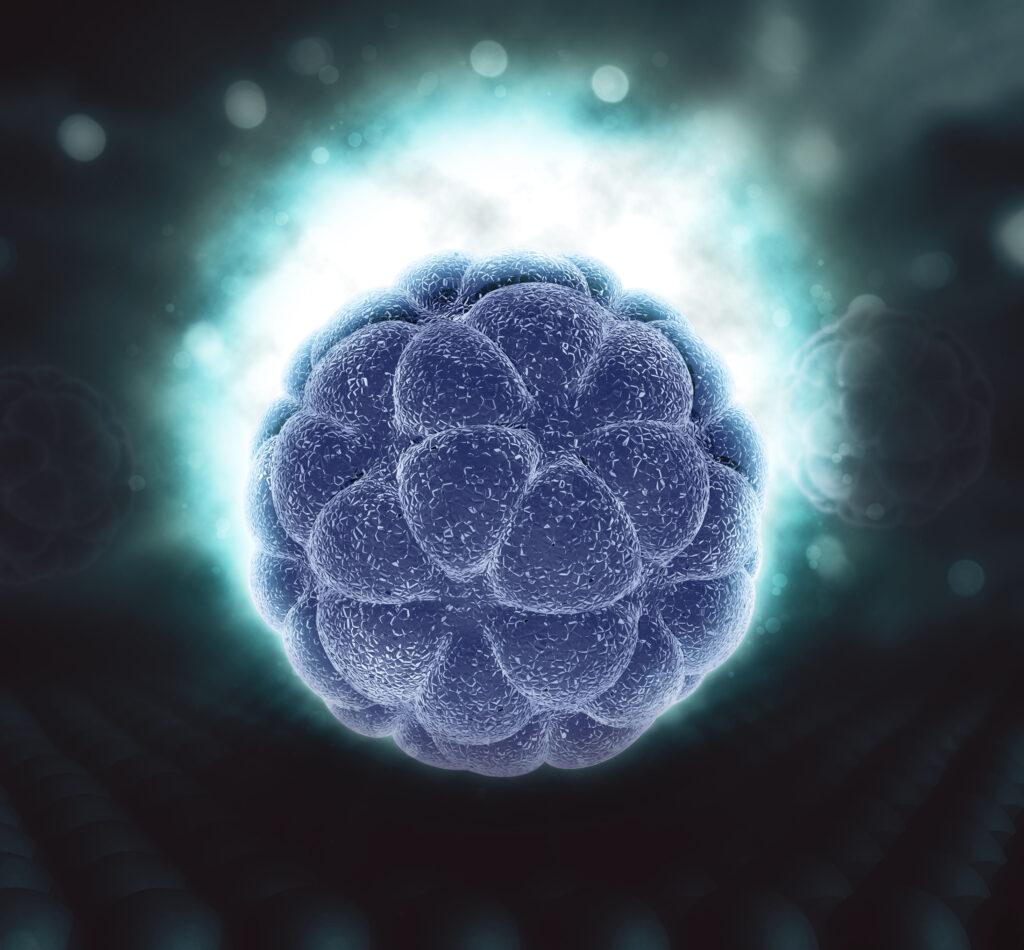The human body is composed of four primary types of tissue, each with unique structures and functions essential for overall health and functionality. Understanding these tissues is fundamental for physical therapists, as it helps in diagnosing and treating various conditions effectively.
- Connective Tissue
Connective tissues provide support, bind together, and protect tissues and organs of the body. They include various subtypes, such as:
- Bone: Provides structural support and protection for vital organs.
- Cartilage: Offers flexible support and reduces friction between bones.
- Adipose (Fat): Stores energy and insulates the body.
- Blood: Transports nutrients, gases, and wastes, and plays a crucial role in immune defense.
- Tendons and Ligaments: Tendons connect muscles to bones, while ligaments connect bones to other bones, stabilizing joints.
Each of these structures, however, consists of a unique composition, proportion, and arrangement of fibrous proteins, ground substance, and cells.
Connective Tissue Composition:
- Fibrous Proteins:
- Collagen (Type I and II): Provides tensile strength and structural support.
- Elastin: Allows tissues to return to their original shape after stretching or contracting.
- Ground Substance:
- Glycosaminoglycans (GAGs): Hydrate and lubricate tissues.
- Water: Maintains tissue hydration and nutrient transport.
- Solutes: Include various ions and molecules crucial for tissue function.
- Cells:
- Fibroblasts: Produce fibrous proteins and ground substance.
- Chondrocytes: Maintain cartilage structure and function.
- Muscle Tissue
Muscle tissue is responsible for body movement, posture, and heat production. It can be classified into three types:
- Skeletal Muscle: Attached to bones and controlled voluntarily, enabling conscious movements.
- Cardiac Muscle: Found in the heart, it contracts involuntarily to pump blood throughout the body.
- Smooth Muscle: Located in walls of internal organs and blood vessels, it contracts involuntarily to facilitate bodily functions such as digestion and blood flow.
Muscle Tissue Composition:
- Muscle Fibers (Myocytes): The basic cellular unit of muscle tissue, capable of contraction and force generation.
- Myofibrils: Long, thread-like structures within muscle fibers, containing sarcomeres (the functional units of muscle contraction).
- Actin and Myosin: The primary proteins in sarcomeres that interact to produce muscle contraction.
- Myofibrils: Long, thread-like structures within muscle fibers, containing sarcomeres (the functional units of muscle contraction).
- Connective Tissue Layers:
- Endomysium: Surrounds individual muscle fibers.
- Perimysium: Encloses bundles of muscle fibers (fascicles).
- Epimysium: Envelops the entire muscle.
- Blood Vessels and Nerves: Essential for providing oxygen, nutrients, and signaling necessary for muscle function.
- Nerve Tissue
Nerve tissue is essential for transmitting signals throughout the body, enabling communication between different body parts and the brain.
Nerve Tissue Composition:
- Neurons: The primary signaling cells that transmit electrical impulses.
- Cell Body (Soma): Contains the nucleus and other organelles.
- Dendrites: Receive signals from other neurons and conduct them toward the cell body.
- Axon: Transmits signals away from the cell body to other neurons or muscles.
- Glial Cells: Support and protect neurons, maintaining homeostasis and forming myelin.
- Astrocytes: Maintain the blood-brain barrier and provide nutrients to neurons.
- Oligodendrocytes (in the central nervous system) and Schwann Cells (in the peripheral nervous system): Produce myelin, which insulates axons and speeds up signal transmission.
- Microglia: Act as immune cells within the central nervous system, removing debris and pathogens.
- Epithelial Tissue
Epithelial tissue forms the body’s protective covering and lines internal organs and cavities.
Epithelial Tissue Composition:
- Epithelial Cells: Closely packed cells with minimal extracellular matrix, forming continuous sheets.
- Simple Epithelium: A single layer of cells involved in absorption, secretion, and filtration.
- Stratified Epithelium: Multiple layers of cells providing protection against abrasion and friction.
- Cell Shapes:
- Squamous: Flat and scale-like.
- Cuboidal: Cube-shaped.
- Columnar: Tall and column-like.
- Basement Membrane: A thin, fibrous extracellular matrix that anchors epithelial cells to underlying connective tissue.
- Specialized Structures:
- Microvilli: Increase surface area for absorption.
- Cilia: Move fluids or particles across the epithelial surface.
The Importance of Tissue Health in Physical Therapy
In physical therapy, understanding these tissues is crucial for:
- Diagnosing Conditions: Identifying the specific tissue involved in a patient’s condition helps tailor treatment plans.
- Developing Treatment Plans: Knowledge of tissue types aids in designing effective rehabilitation exercises and interventions.
- Promoting Recovery: Targeted therapies can improve tissue health, reduce pain, and enhance function.
By comprehending the roles and characteristics of these primary tissue types, physical therapists can better support their patients in achieving optimal health and mobility.

